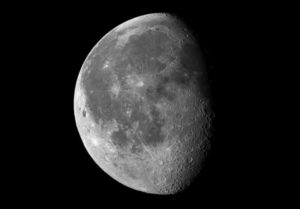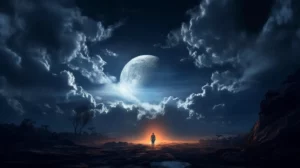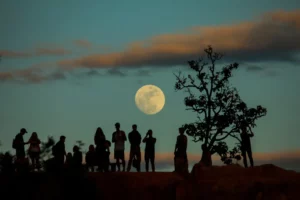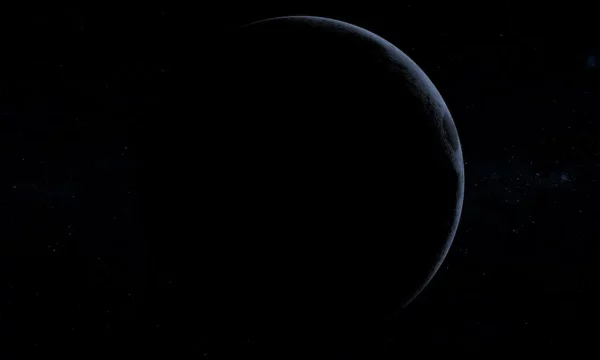
New Moons Explained: The Science and Folklore
Last Updated: November 9, 2023
Have you ever looked up at the night sky, searching for the moon, only to find it missing in action? The absence of our celestial companion might be perplexing, but there’s a fascinating explanation behind it: the New Moon, one of the major lunar phases.
The moon has been a constant, mesmerizing presence in our night sky, inspiring tales of romance, myths of werewolves, and countless bedtime stories. Yet, once a month, it seemingly vanishes, leaving the night sky dark and empty.
This phenomenon, known as the New Moon, is more than just an astronomical event; it’s a dance of shadows and light, a symbol of new beginnings in many cultures, a telescope user’s best friend, and a moment that affects our planet in subtle ways.
New Moons represent the start of a new lunar cycle
In astronomy, a new moon is the phase of the moon where it is in conjunction with the sun and not visible from Earth. The side of the moon facing the Earth is not illuminated by the sun during this time.
It marks the beginning of a new lunar cycle, which lasts approximately 29.5 days. The new moon is the starting point for the phases of the moon, which progress through a waxing crescent, first quarter, waxing gibbous, full moon, waning gibbous, last quarter, and waning crescent before returning to a new moon.
The term “black moon” is sometimes used to refer to a rare occurrence when two new moons occur within the same calendar month.
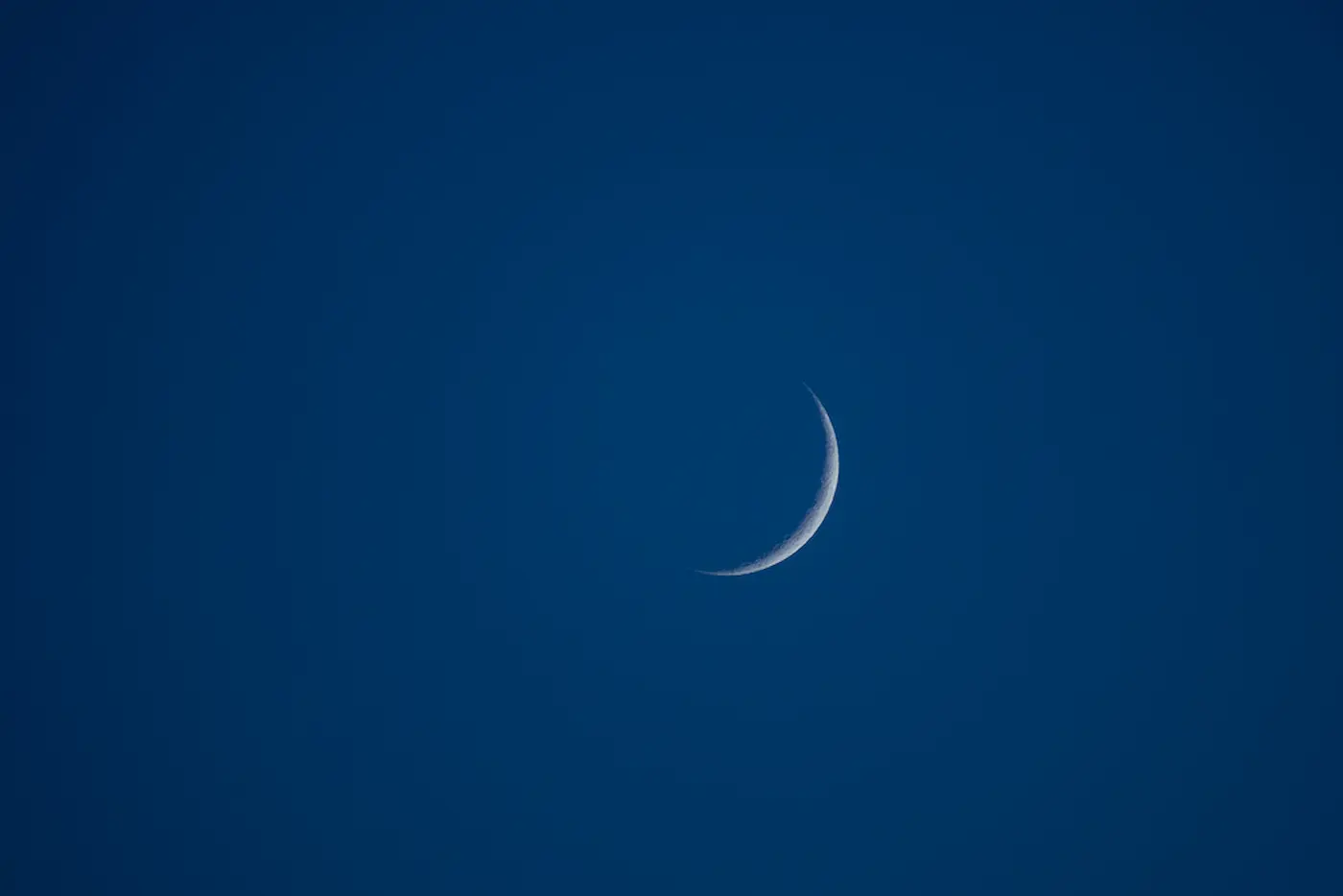
How long do this lunar phase last for?
Because it is a specific moment in time, one could argue that a “new moon” doesn’t “last” in the way that we typically understand the term. However, the effects of the new moon on the night sky do last for 2 to 3 days after this moment, giving a period during which the sky is darker than usual.
What’s the moon’s age during that phase?
The term “moon age” refers to the number of days elapsed since the last new moon. During the new moon phase, the moon’s age is essentially zero. The new moon phase ends when the moon is about 2 days old.
How do new moons influence tides?
During the new moon phase, gravitational forces from the Moon and the Sun combine, resulting in what are known as “perigean spring tides.” Contrary to what the name might suggest, perigean spring tides are unrelated to the season of spring. Instead, the term “spring” is used in the sense of “jump” or “rise.”
Spring tides are characterized by higher high tides and lower low tides compared to the more moderate “neap tides,” which occur during the first and third quarters of the moon. During spring tides, the difference between the high tide and low tide—known as the “tidal range”—is at its maximum.
This happens because the Sun, Moon, and Earth are aligned, leading to a greater gravitational pull exerted on Earth’s oceans. This phenomenon also occurs during the full moon for the same reason.
How do new moons affect plants?
It’s challenging to definitively assert that new moons have a significant impact on plants, primarily because there has been limited scientific research on this topic. It does seem logical to assume that the absence of moonlight could potentially affect plants since they require light for their growth and well-being.
However, considering that the new moon phase typically lasts only a few days, and daytime sunlight continues to be available, any influence, if present, would likely be minimal or nearly negligible.
It’s worth noting that some gardeners advocate for moon gardening practices. Nevertheless, it’s essential to approach such practices with a healthy level of awareness and skepticism.
How do new moons affect animals?
Wildlife animals can also be influenced by the moon, particularly in their nocturnal activities. With less moonlight during the new moon phase, some nocturnal animals or insects may become more active and adventurous since the cover of darkness enhances their hunting or foraging abilities while reducing the risk of predation.
Conversely, some prey species may use the darkness of new moons to their advantage, making it harder for predators to locate and hunt them. Certain fish species use lunar cues to time their spawning, and long-distance migratory fish might be affected by lunar phases in their navigation.
Does the moon’s gravity pull increase during the new moon phase?
No, the moon’s gravity pull on Earth does not significantly change during the new moon phase. The gravitational force between two objects depends on their masses and the distance between them, as described by Newton’s law of universal gravitation.
The moon maintains a relatively constant mass, and its distance from Earth experiences some variations due to its elliptical orbit. While these changes in distance do cause minor fluctuations in gravitational force over time, it’s important to note that the new moon phase itself is not a significant factor contributing to this gravitational variation.
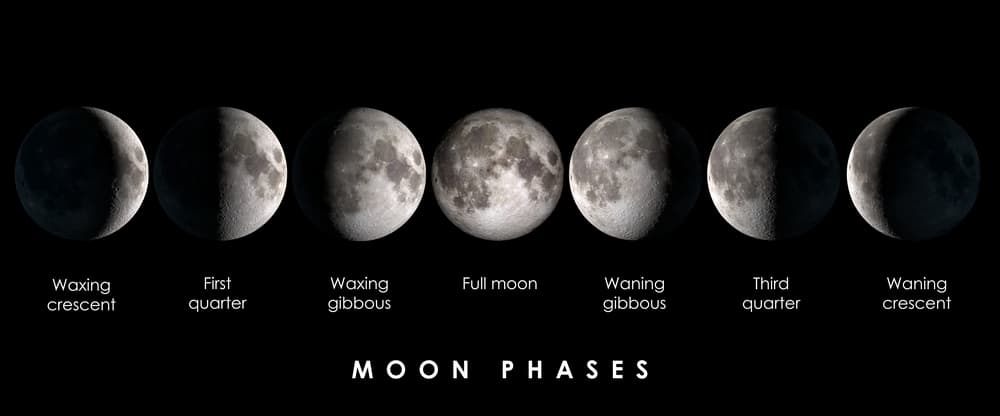
New moons are amateur astronomers’ best friend
As much as we love the sight of the moon when you’re trying to observe planets or deep-sky objects like galaxies and nebulae, moonlight can be a hindrance. The light pollution from a bright moon can wash out the sky, reducing contrast and making it difficult to see fainter objects. And that is why we amateur astronomers, or photon collectors, love a moonless night: the sky is darkest, and visibility is at its best.
Because the sky is darker, there is better contrast to see celestial objects. Even dim objects can be observed more clearly, which can be especially helpful for those using modest telescopes or binoculars.
For those interested in astrophotography, this is the best time to capture images of various deep-sky objects from the Messier catalog with the greatest amount of detail and the least amount of noise caused by light pollution.
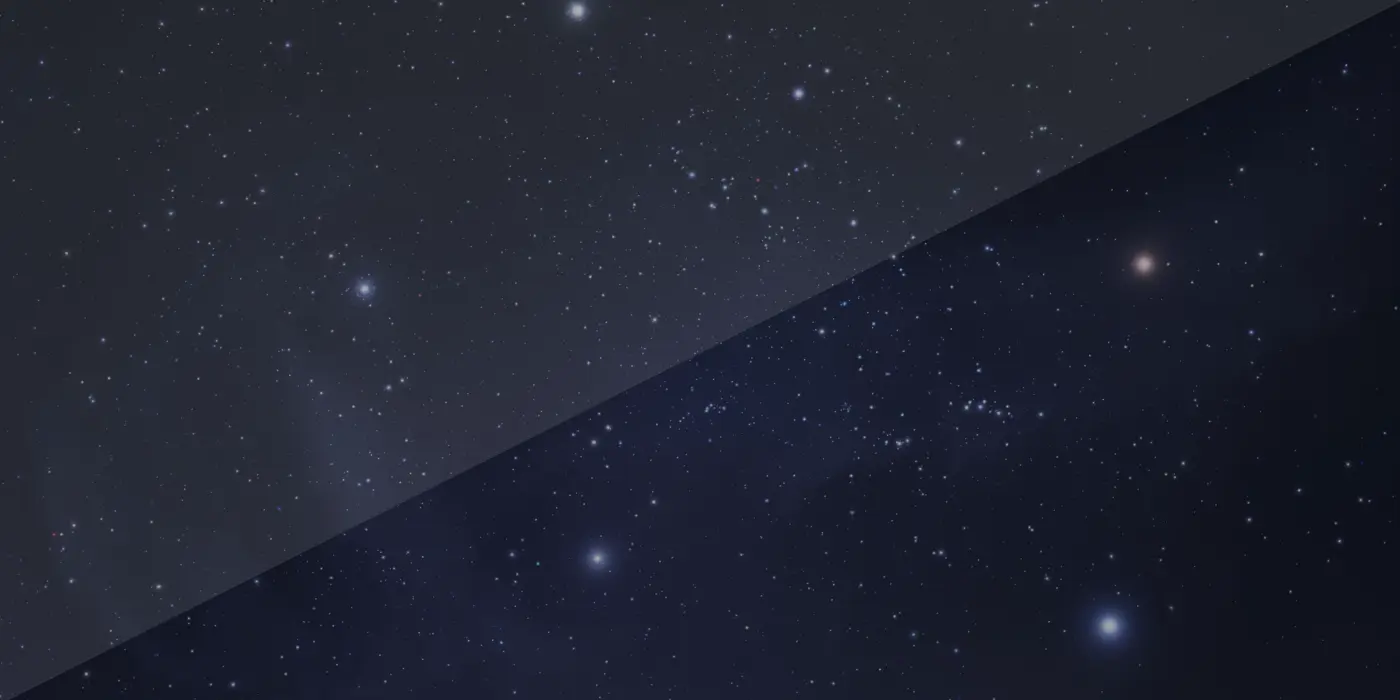
New Moon Schedule for 2023
The new moons for 2023 are occurring on the following dates and times
- January 21, 2023: 3:53 PM EST / 8:53 PM UTC
- February 20, 2023: 2:06 AM EST / 7:06 AM UTC
- March 21, 2023: 1:23 PM EDT / 5:23 PM UTC
- April 20, 2023: 12:12 AM EDT / 4:12 AM UTC
- May 19, 2023: 11:53 AM EDT / 3:53 PM UTC
- June 18, 2023: 12:37 AM EDT / 4:37 AM UTC
- July 17, 2023: 2:32 PM EDT / 6:32 PM UTC
- August 16, 2023: 5:38 AM EDT / 9:38 AM UTC
- September 14, 2023: 9:40 PM EDT / 1:40 AM UTC (September 15)
- October 14, 2023: 1:55 PM EDT / 5:55 PM UTC
- November 13, 2023: 4:27 AM EST / 9:27 AM UTC
- December 12, 2023: 6:32 PM EST / 11:32 PM UTC
You can find more details on each of those new moons here: When is the next new moon happening? Alternatively, you can find out the moon phase for tonight here.
A word on Astrology and Spirituality
According to backyardbanshee.com, the New Moon is an incredibly potent time for magick and spiritual connection. It is the beginning of a new cycle, and therefore witches who work with the energies of the moon use this time to build upon intention and manifestations.
When the New Moon is in a certain sign, such as Aries, it adds a layer of archetypical energy to modern witches workings. Historically in times of persecution, witches would prefer to meet up on the New Moon as there would be less light in the sky, and then is another reason why modern witchcraft is associated with darkness and secrecy.
Astrologically as the new cycle kicks in, so does the energy reset from the previous cycle – making it a great time to build upon and utilise the new zodiac season’s energy. If folks were born on a New Moon, it would suggest that individual would be hard-working and heads towards their goals with clarity.
Spiritually speaking, as the nights are darker and not yet filled with light, it would be a great opportunity to look within yourself introspectively, as well as connect with your ancestry, the spirit world, and share commodities within your chosen community.

Wow! There's more to read 🚀
This moon-related story is part of our collection of stargazing articles. If this piece sparked your interest, you’re sure to enjoy our subsequent articles.

